ADA – Cryptocoryne parva
R199
- Fast Delivery
- 100% Safe & Secure Shopping
- Shipping all across South Africa
- All Prices Include VAT
- Peace of mind Quality
Out of stock
Email when stock available
ADA – Cryptocoryne parva (Low Tech)
Cryptocoryne parva is the smallest crypt, and one of the very few species whose leaf colour and form does not change significantly when the environment changes. When cultivated emerged, the plants have wide lanceolate leaf blades, the submersed forms of the leaves are very narrow. Needs more light than most other crypts. The plants are planted only a few centimetres apart so they form an uninterrupted low carpet after around six months. A recommendable very slow grower for the foreground, also nice as small bush in the areas where the hardscape borders on the substrate.
Cryptocoryne parva, the smallest known water trumpet species, has its origins in the central highlands of Sri Lanka near Kandy city. It grows in dense colonies on riverbanks there. Recently it has been scarcely collected in the wild, and it is possibly to be considered an endangered species.
In aquaristics, it has been known for a long time but hasn’t been very widely spread, mostly due to its really slow growth. However, it is easily available in trade or from other hobbyists.
The dwarf water trumpet is quite similar to those plants from the group of plants related to Cryptocoryne x willisii. Under comparable conditions it tends to stay smaller than those, as a submersed, non-flowering plant it is hard to be discerned safely from them, though. Earlier on, the name “Cryptocoryne nevillii” was used for both C. parva and C. x willisii alike, however, in reality this is the name of a totally different species.
Cryptocoryne parva is a very slow grower even in optimal conditions. In contrast to other Cryptocorynes it needs a lot of light. The addition of CO2 and a substrate rich in nutrients or rather, fertilisation via the substrate enhance growth quite considerably and let the plant grow to its full potential. It is especially important to maintain iron and potassium on a relatively high level to prevent this Crypt from developing serious deficiency symptoms like chloroses and multiple holes in the leaves.
The propagation of Cryptocoryne parva only requires the environmental conditions we stated above, and patience. The plant forms lateral shoots directly on its rhizome as well as runners – both faster and more efficiently when the plant is kept emersed.
Its small size makes Cryptocoryne parva an ideal foreground plant, especially for small aquaria and nano tanks. It takes quite some time until it forms a lawnlike population, but it is its slow growth that renders this plant very easy in maintenance.
| Complete botanical name | Cryptocóryne párva de Wit |
| Family | Araceae |
| Genus | Cryptocoryne |
| Difficulty | medium |
| Usage | Nano tanks, Foreground, group, Foreground, ground cover |
| Aquascaping | forms a grass-like lawn |
| Growth | very slow |
| pH value | 5 – 8 |
| Temperature tolerance | 15 – 28°C |
| Carbonate hardness | 1 – 18°dKH |
| General hardness | 0 – 30°dGH |
| Propagation | Runners, Rhizomteilung, Splitting, cutting off daughter plants |
| Can grow emersed? | yes |
| Source | Flowgrow |
Are you not sure if this aquarium plant will grow in your tank? We have made a guide to aid in growing/understanding aquatic plants. Check it out >here<. View other plants that will grow in: ( Low Tech | Medium Tech | High Tech | All Plants )
*This is a Tissue Culture Plant. They are grown in a Laboratory and are guaranteed to be snail, algae and pesticide-free. They are more expensive, even if the plant itself is smaller, the portion size is bigger. We recommend rinsing all tissue culture plants with dechlorinated water before planting.
2 reviews for ADA – Cryptocoryne parva
Clear filtersOnly logged in customers who have purchased this product may leave a review.


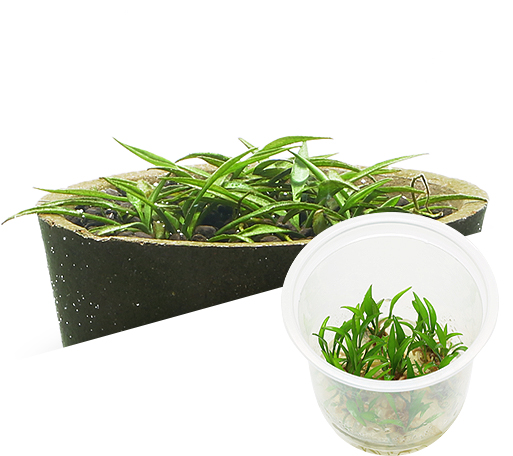
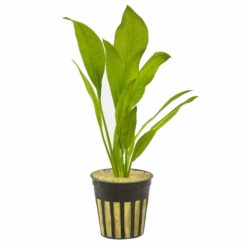
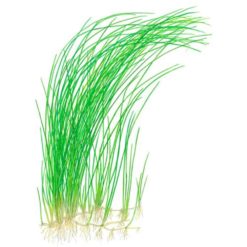
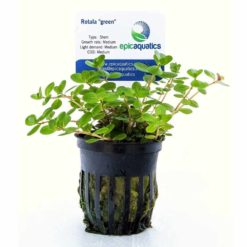
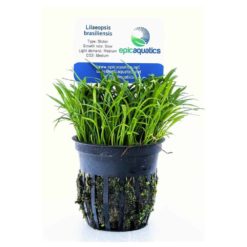
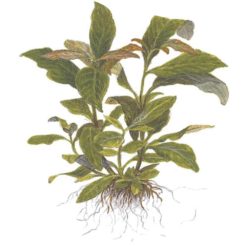
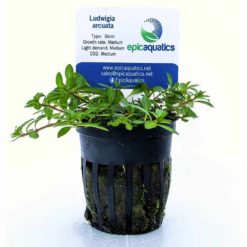

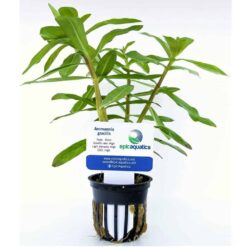


Verified owner Jason Wyngaardt (verified owner) –
Such a nice tiny crypt. Decent amount given in these ADA cultures.
Verified owner Lameez Marais (verified owner) –
Looks really cool in my tank and it’s growing faster than I expected. Really good quality